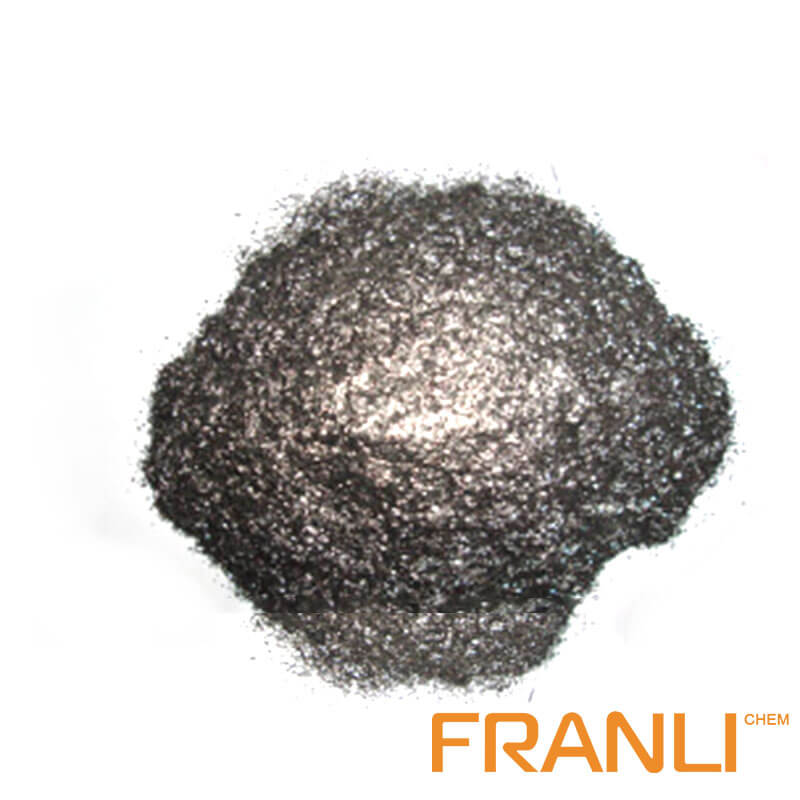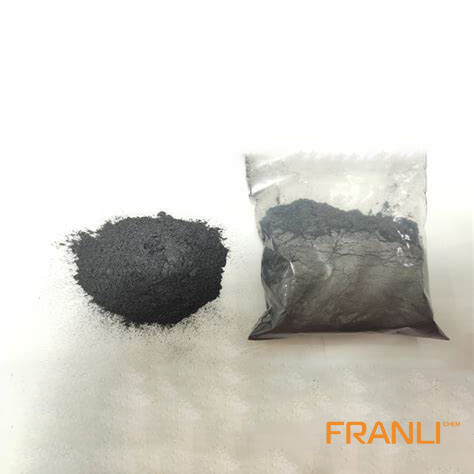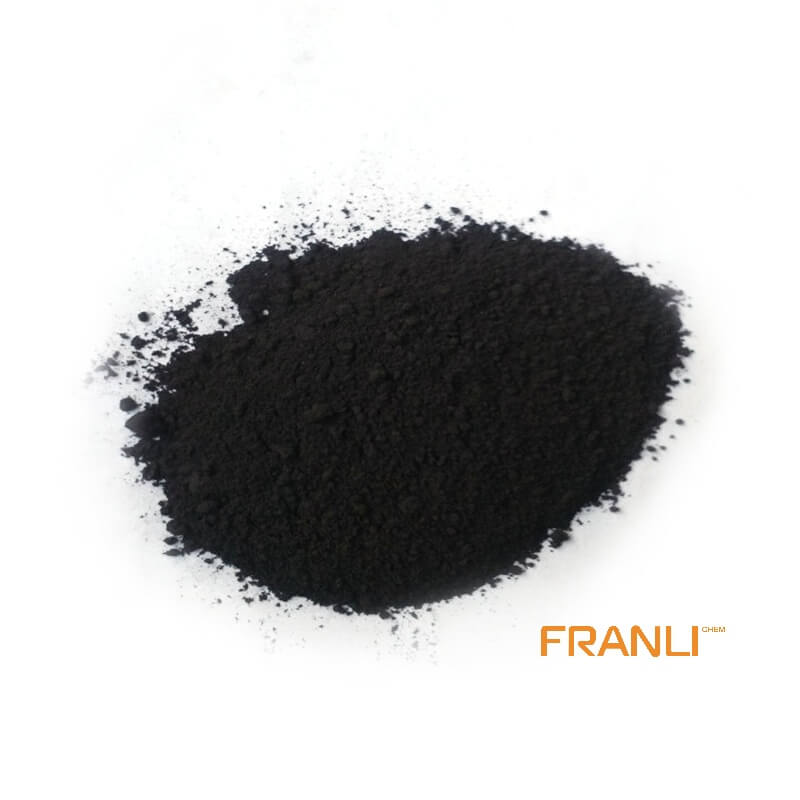


Flake Graphite
Size
0.01mm
Carbon Content
99%min
Package
25kg small bags into ton bags
Origin
China
Features
thermal shock resistance, lubricity, conductivity and plasticity…
Application
Lead battery plates positive and negative conductive agent, lithium batteries nickel hydrogen etc
Natural flake graphite has superior physical and chemical properties and is widely used in metallurgy, coatings and refractory industries. It is an important non-metallic raw material that is indispensable for today’s high-tech. Flake graphite is divided into large flake graphite and fine flake graphite according to the size of its scales. Usually, large flakes refer to +32 mesh, +50 mesh, +80 mesh, and +100 mesh flake graphite.
Request a quoteFlake graphite is used as a raw material for carbon-containing refractories such as steel-making converters, electric furnaces, ladles, mixing cars, nozzles, and skateboard bricks. Thermal capacity also varies. This time, the Franli factory conducted a comparative study on the particle size, impurities, crystallinity, oxidation characteristics, and filling properties of flake graphite.
Properties of flake graphite with different compositions
The composition of flake graphite ash powder varies with the place of origin. The ash powder of flake graphite produced in Australia has more iron oxide content, and the ash powder of flake graphite produced in Namibia has less iron oxide content. Flake graphite ash produced in Canada contains more calcium oxide, magnesium oxide, and iron oxide, while flake graphite ash powder produced in China contains most of iron oxide and magnesium oxide.
Franli factory found in the experiment that with the increase of the area of flake graphite, the oxidation rate is also accelerated. The oxidation rate increases with the increase of iron oxide content, and the filling bulk density decreases with the increase of the specific surface area and increases with the increase of the thickness-to-diameter ratio. The flake graphite produced in Canada is thick and has a large thickness-to-diameter ratio. The graphite flakes produced in Namibia and Australia are thin and have a small thickness-to-diameter ratio. Franli Company researched the quality of graphite flakes used as raw materials for refractory materials, especially the relationship between oxidation characteristics and filling properties and various quality characteristics, and obtained the following results:
(1) It can be seen that the chemical composition of flake graphite ash powder varies from place to place
(2) The maximum oxidation rate is accelerated with the increase of the iron oxide content in the ash powder and the increase of the specific surface area.
(3) The scale shape (thickness/diameter ratio) varies depending on the place of origin. It can be seen that the thickness/diameter ratio has a positive correlation with the filling and a negative correlation with the specific surface area.

Heat-resistant characteristics of flake graphite
(1) Good high-temperature resistance characteristics of refractory materials: flake graphite is resistant to high temperatures. As a refractory material, it can withstand high temperatures of several hundred degrees. Flake graphite can be processed into refractory products such as graphite powder crucibles, but the volume and dosage of the expander should be selected appropriately. Tests show that 150um particles, 30% expansion ratio, and 5% dosage are the most suitable.
(2) Processing into expanded graphite powder can isolate the flame: a graphite powder interlayer compound obtained by chemical or electrochemical treatment of flake graphite, that is, expanded graphite powder. When the expanded graphite powder is heated, its volume expands rapidly (up to 300 times), which suffocates the flame, and at the same time generates an intumescent material, which can isolate the flame, delay or interrupt the flame spread, and is non-flammable, with good flexibility and high surface energy, the carbonized layer has good strength.
Flake graphite is one of the most high-temperature-resistant materials known so far. Generally, the strength of the material decreases gradually at high temperatures, but when the graphite flake is heated to 2000 degrees, its strength is doubled compared to normal temperature. Graphite flakes have excellent thermal shock resistance. When the temperature changes suddenly, the thermal expansion coefficient is small, so it has good thermal stability. Cracks will not occur when the temperature is rapidly cooled and rapidly heated. Flake graphite is a material with very good thermal shock resistance.
For example, graphite electrodes used in electric furnace steelmaking are often impacted by rapid cooling and rapid heating during work, so graphite electrodes have good thermal shock resistance. The flake graphite from the Franli factory can provide thermal shock resistance to the rocket nozzle, and it has also been well-used in other aerospace graphite materials.



